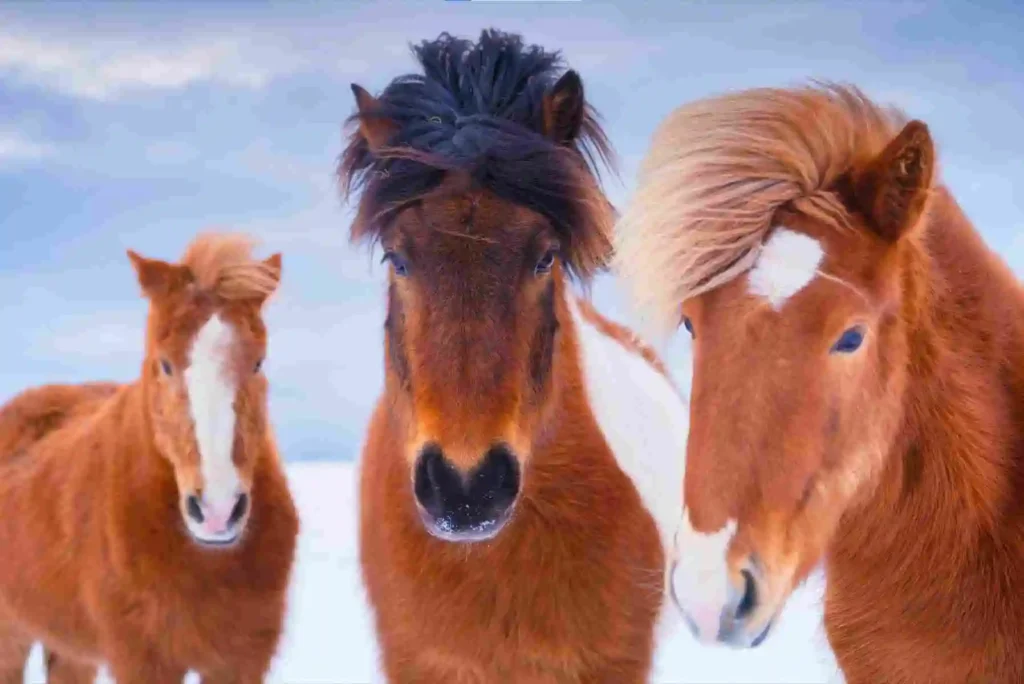Page Contents
ToggleHeterochromia in Equines
Heterochromia in horses refers to a condition where an individual horse has eyes of different colors. Unlike the typical uniform eye color seen in most horses, those with heterochromia exhibit a striking and unique feature where each eye may be a distinct color. This phenomenon adds to the individuality and visual appeal of the horse, creating a captivating and memorable presence.
Heterochromia is a genetic trait that can manifest in various ways, contributing to the diverse and fascinating range of eye colors observed in the equine world.

Faq’s
Are horses with heterochromia more prone to vision issues?
Not necessarily. Heterochromia itself does not indicate vision problems, and many equines with this condition have normal eyesight.
Can it be passed down through breeding?
Yes, it can be inherited, as it is often linked to specific genetic factors. Breeding from horses with this trait may increase the likelihood of offspring exhibiting heterochromia.
Are there specific breeds more prone to heterochromia?
While this can occur in various horse breeds, certain breeds, such as the American Paint Horse and the Akhal-Teke, are known to have a higher prevalence of this eye color variation.
Does heterochromia affect an equine’s behavior or temperament?
No, it does not have a direct impact on a horse’s behavior or temperament. It is a purely cosmetic trait and does not influence the horse’s personality.
Can horses with heterochromia experience sensitivity to light?
Horses with heterochromia may be more sensitive to light in the eye with a lighter color. Providing shade and using protective measures, such as fly masks, can help manage sensitivity.
Is it more common in certain age groups of horses?
It can be present at any age and may be observed in horses of various life stages, from foals to older horses. It is not restricted to a specific age group.



